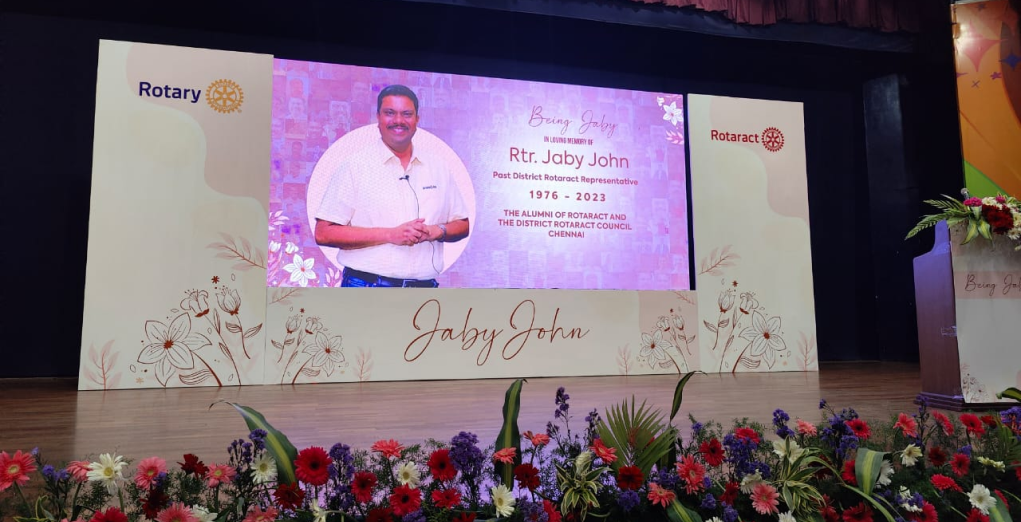LED displays have revolutionized the way we interact with public spaces. From interactive billboards to art installations, these vibrant displays are enhancing urban landscapes and engaging communities in unique ways. In this article, we explore some of the most innovative uses of LED displays in public spaces and how they contribute to creating dynamic, informative, and engaging environments.

Overview: LED displays have become a canvas for digital artists around the world.These installations not only beautify urban areas but also provide a platform for artists to display their work to a broader audience.
Examples: Iconic installations in places like Times Square in New York or the Media Wall in Seoul, South Korea, which showcase rotating art from various artists, transforming these spaces into open-air galleries.
Overview: Public information no longer has to be static. LED displays are used to show real-time information, from weather updates and news to transit schedules, in an interactive format.
Examples: Interactive kiosks in subway stations or bus stops that not only display schedules but also respond to user input, providing customized information such as directions and transit options.
Overview: LED displays are powerful tools for environmental education. They can show real-time environmental data, promoting awareness and encouraging public engagement with local and global environmental issues.
Examples: Displays that track air quality or water levels in public parks or community centers, providing a visual representation of environmental health and fostering a sense of community responsibility.
Overview: Urban spaces are being revitalized with LED technology to create more inviting and vibrant environments. This includes transforming underused or neglected areas into bright, safe, and attractive locations for the public.
Examples: The revitalization of old districts where LED displays are integrated into the architecture, offering historical insights or community news, thereby attracting more visitors and boosting local economies.
Overview: While traditional, advertising on LED displays in public spaces has evolved. These displays now feature dynamic and interactive ads that capture more attention than static billboards.
Examples: Interactive ads that engage passersby through games or quizzes, with rewards such as coupons or tickets to local events, which not only promote products but also enhance visitor experience.
The innovative uses of LED displays in public spaces are shaping more interactive and connected environments. These technologies not only improve the aesthetics of urban areas but also serve functional purposes, enhancing the way information is communicated and interactions are facilitated. As technology advances, we can expect even more creative and impactful applications of LED displays in our public spaces.
